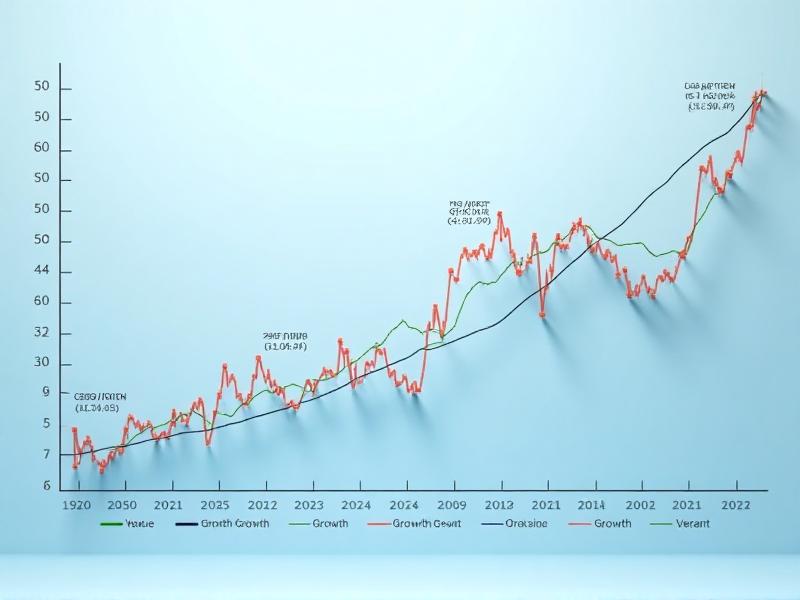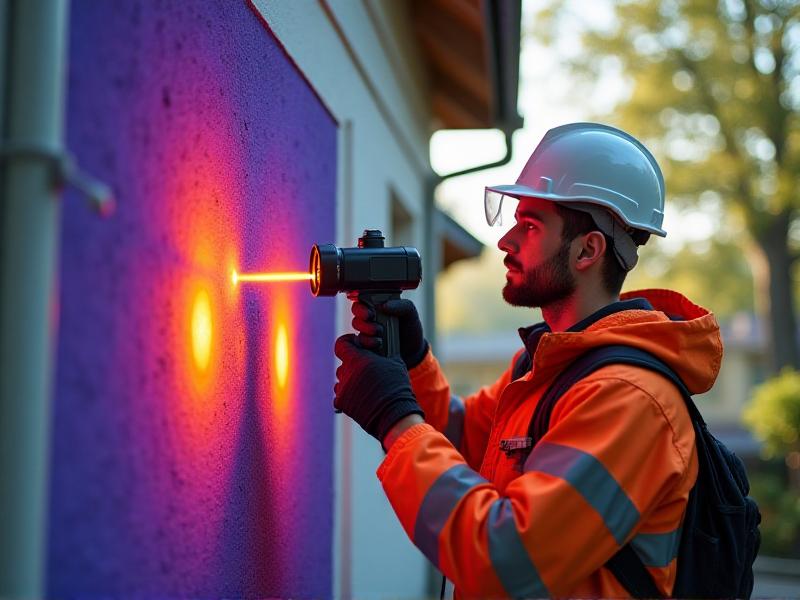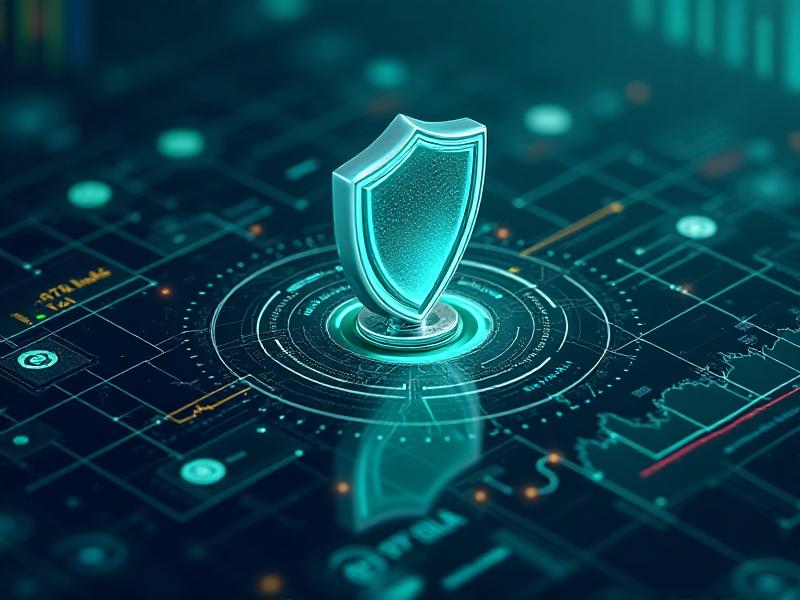
How Blockchain is Revolutionizing Finance

The Role of AI in Financial Planning

How to Invest in Value Stocks for Long-Term Gains

How to Invest in Gold and Precious Metals
Emergency Funds 101: Why and How to Build One
Apr 24, 2025 By Juliana Daniel
What is an Emergency Fund and Why Do You Need One?
An emergency fund is a financial safety net designed to cover unexpected expenses or financial emergencies. Whether it's a sudden medical bill, car repair, or job loss, having an emergency fund can provide peace of mind and prevent you from falling into debt. Unlike savings for specific goals like a vacation or a new car, an emergency fund is strictly for unforeseen circumstances.
Why is it so important? Life is unpredictable, and financial emergencies can happen to anyone at any time. Without an emergency fund, you might be forced to rely on credit cards, loans, or even dipping into retirement savings, which can have long-term financial consequences. An emergency fund acts as a buffer, allowing you to handle life's curveballs without derailing your financial stability.
How Much Should You Save in Your Emergency Fund?
The amount you need in your emergency fund depends on your individual circumstances, but a common rule of thumb is to save three to six months' worth of living expenses. This includes essential costs like rent or mortgage, utilities, groceries, transportation, and insurance. If you have dependents or work in an unstable industry, you might want to aim for a larger cushion, such as nine to twelve months' worth of expenses.
Start by calculating your monthly expenses and multiplying that number by the number of months you want to cover. For example, if your monthly expenses are $2,000 and you aim for a six-month emergency fund, you’ll need to save $12,000. While this might seem daunting, remember that building an emergency fund is a gradual process. Even saving a small amount consistently can add up over time.
Where Should You Keep Your Emergency Fund?
Your emergency fund should be easily accessible but separate from your everyday spending accounts. A high-yield savings account is a popular choice because it offers higher interest rates than regular savings accounts while still allowing quick access to your money. Money market accounts and certificates of deposit (CDs) are other options, though CDs may have penalties for early withdrawal.
It’s important to avoid tying up your emergency fund in investments like stocks or mutual funds, as these can be volatile and may lose value when you need the money most. The goal is to have your emergency fund readily available without risking its value. Look for accounts with low fees and FDIC insurance to ensure your money is safe.
How to Build Your Emergency Fund Step by Step
Building an emergency fund doesn’t have to be overwhelming. Start by setting a realistic goal and breaking it down into manageable steps. Begin with a small target, such as $500 or $1,000, and gradually increase it as your financial situation improves. Automating your savings can make the process easier—set up a recurring transfer from your checking account to your emergency fund each payday.
Look for ways to cut expenses or increase your income to accelerate your savings. For example, cancel unused subscriptions, cook at home instead of dining out, or take on a side gig. Every little bit helps. Remember, the key is consistency. Even if you can only save a small amount each month, you’re still making progress toward your goal.
Common Mistakes to Avoid When Building an Emergency Fund
One of the biggest mistakes people make is not prioritizing their emergency fund. It’s easy to focus on paying off debt or saving for other goals, but neglecting your emergency fund can leave you vulnerable to financial shocks. Another common mistake is dipping into the fund for non-emergencies. Remember, this money is for true emergencies, not discretionary spending.
Failing to reassess your emergency fund as your life changes is another pitfall. As your income, expenses, or family situation evolves, your emergency fund needs may change too. Regularly review and adjust your savings goals to ensure your fund remains adequate. Finally, don’t let fear or perfectionism stop you from starting. Even a small emergency fund is better than none at all.
How to Replenish Your Emergency Fund After Using It
If you’ve had to dip into your emergency fund, it’s important to replenish it as soon as possible. Treat it like a financial priority, just like paying off debt or saving for retirement. Start by reassessing your budget to identify areas where you can cut back or redirect funds. If you received a tax refund, bonus, or other windfall, consider using a portion of it to rebuild your fund.
Replenishing your emergency fund might take time, especially if the expense was significant. Be patient and stay focused on your goal. Automating savings can help you get back on track more quickly. Remember, the purpose of an emergency fund is to protect you from future financial setbacks, so restoring it is essential for maintaining your financial security.
Emergency Fund vs. Other Savings: What’s the Difference?
While an emergency fund is a type of savings, it serves a specific purpose that sets it apart from other savings goals. Unlike saving for a vacation, a down payment on a house, or retirement, an emergency fund is strictly for unexpected expenses. It’s not meant to be used for planned purchases or discretionary spending.
Other savings goals are often tied to specific timelines and can be invested for growth, whereas an emergency fund should remain liquid and easily accessible. It’s important to balance building your emergency fund with other financial goals. Once your emergency fund is established, you can focus on saving for other objectives without worrying about being caught off guard by unexpected expenses.
Tips for Staying Motivated While Building Your Emergency Fund
Building an emergency fund can feel like a long and tedious process, but staying motivated is key to success. Start by celebrating small milestones, such as saving your first $100 or $1,000. Visualize the security and peace of mind your emergency fund will provide, and remind yourself why you’re saving in the first place.
Surround yourself with supportive people who encourage your financial goals. Consider sharing your progress with a friend or family member who can hold you accountable. If you’re feeling discouraged, revisit your budget to see if there are additional ways to boost your savings. Remember, every dollar you save brings you one step closer to financial security.
How an Emergency Fund Can Improve Your Financial Health
An emergency fund is more than just a financial tool—it’s a cornerstone of overall financial health. By providing a buffer against unexpected expenses, it reduces stress and helps you avoid debt. It also gives you the freedom to make better financial decisions, such as negotiating a better job offer or investing in opportunities that arise.
Having an emergency fund can improve your credit score by preventing missed payments or excessive borrowing. It also fosters a sense of control and confidence in your financial life. Over time, this can lead to healthier financial habits and greater long-term stability. In short, an emergency fund is an investment in your financial well-being.

The Financial Impact of Social Comparisons

How to Use Options for Income Generation

The Role of Research in Making Informed Investments

The Benefits of Investing in High-Dividend Stocks

The Role of Artificial Intelligence in Portfolio Management

How to Save Money on Home Energy Bills

The Role of Financial Planning in Career Transitions

The Role of AI in Wealth Management
Advertisement
